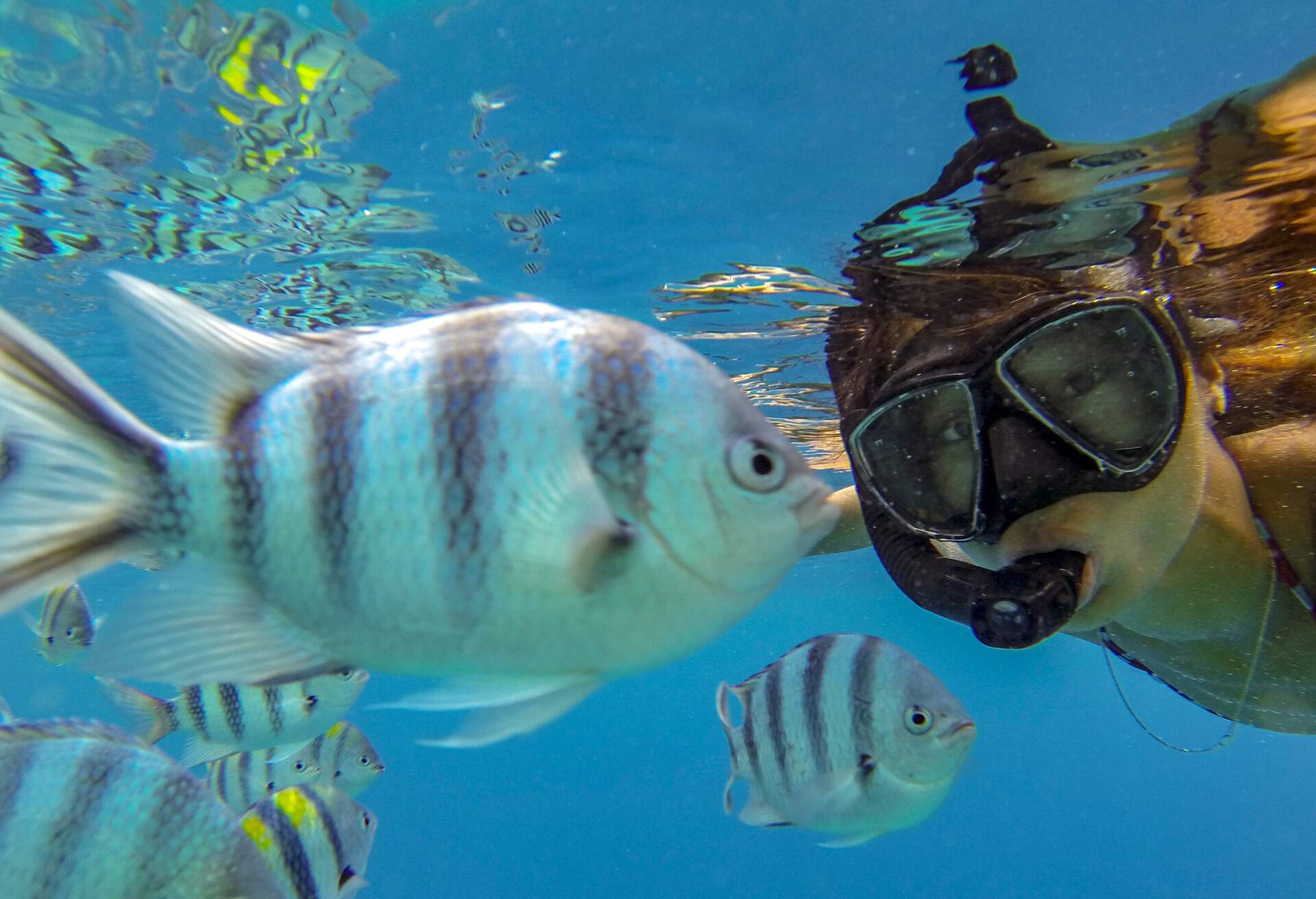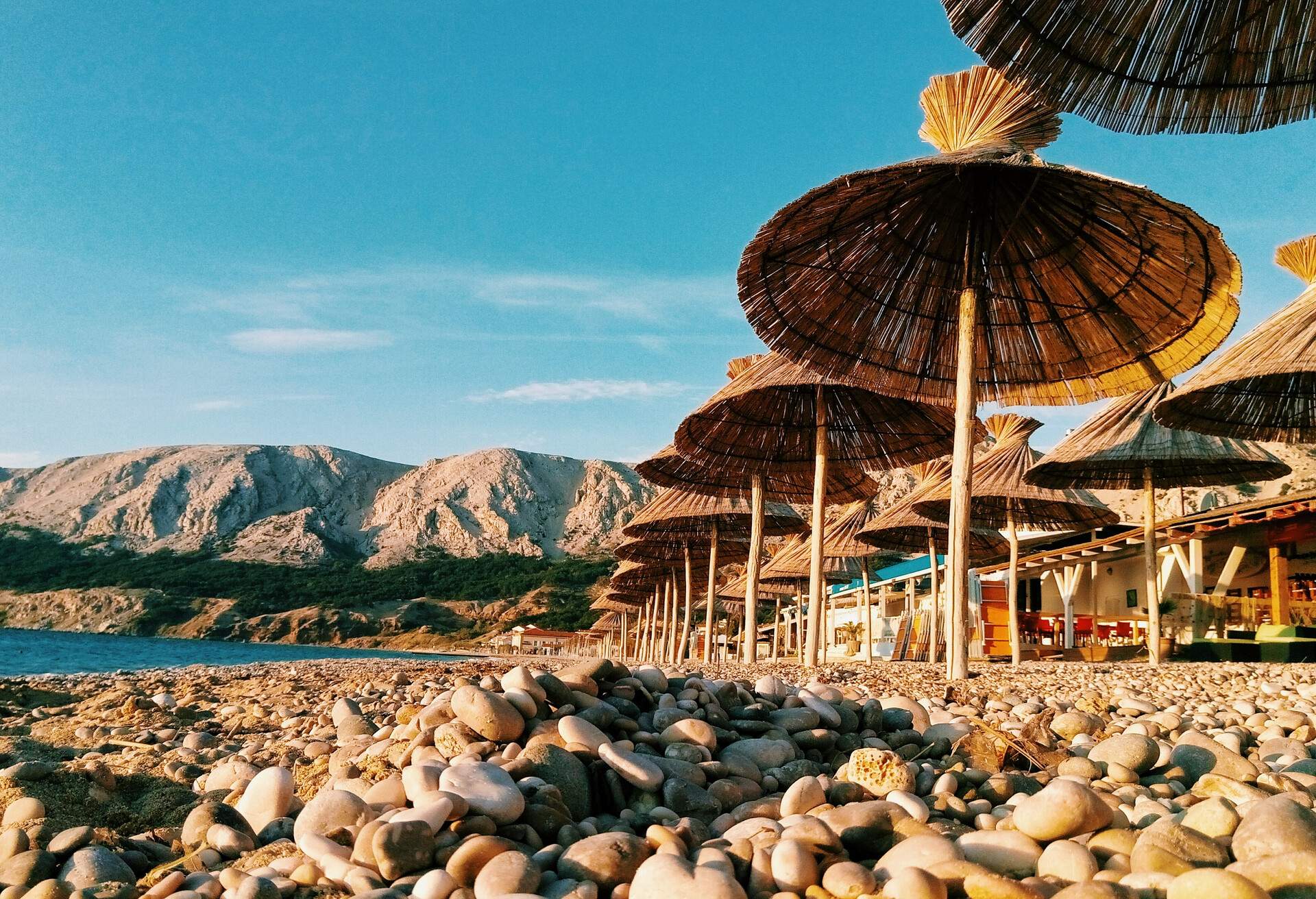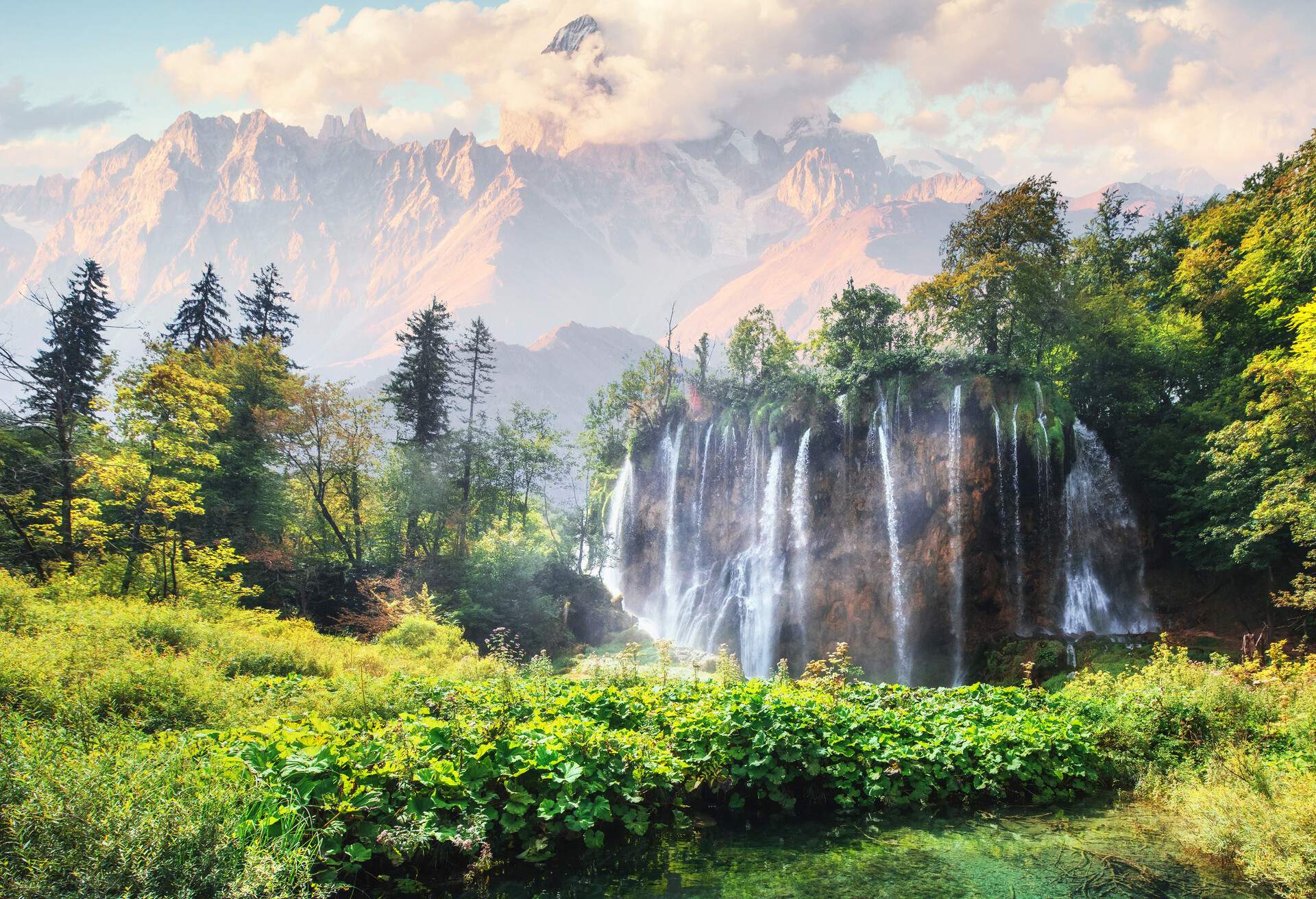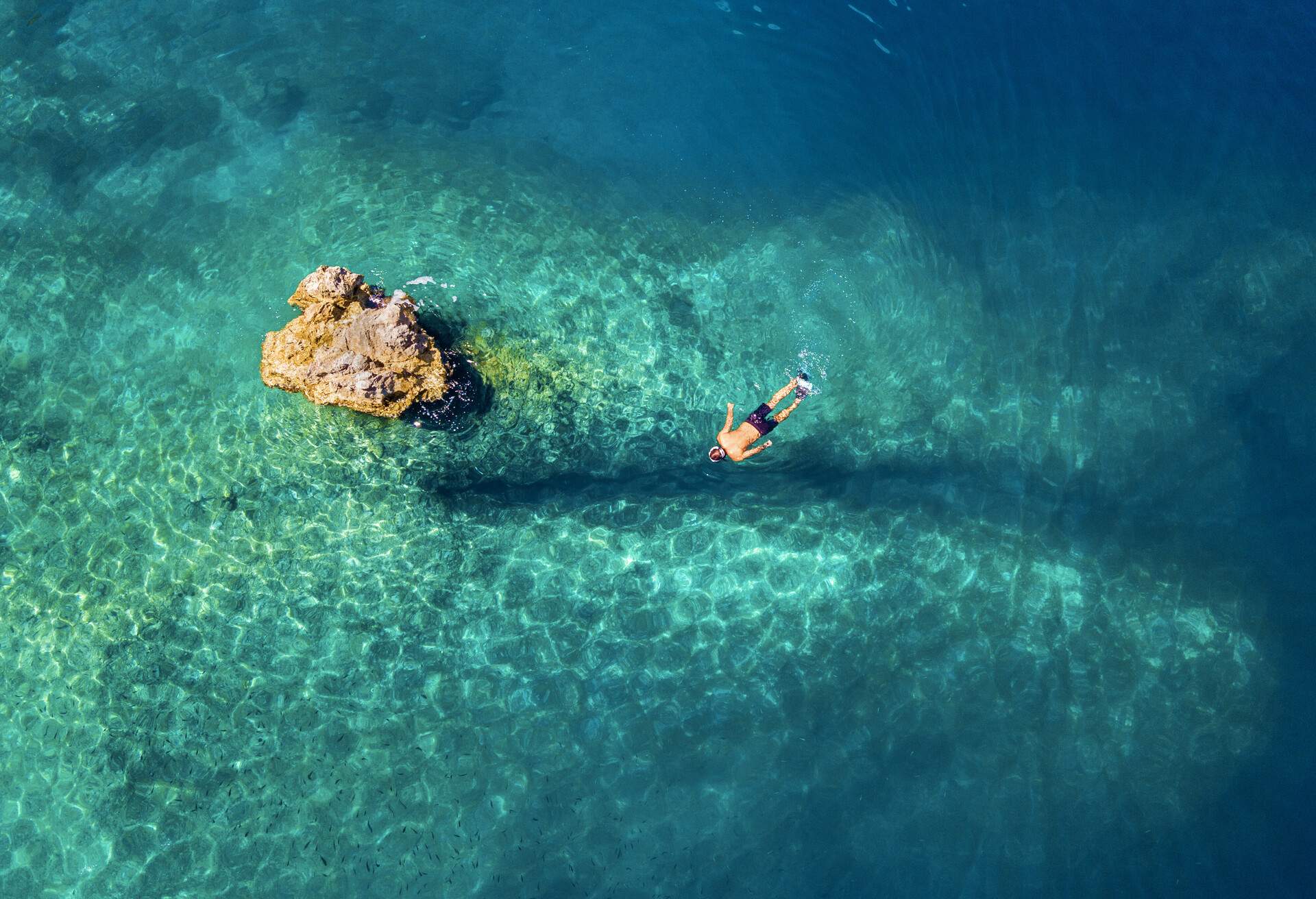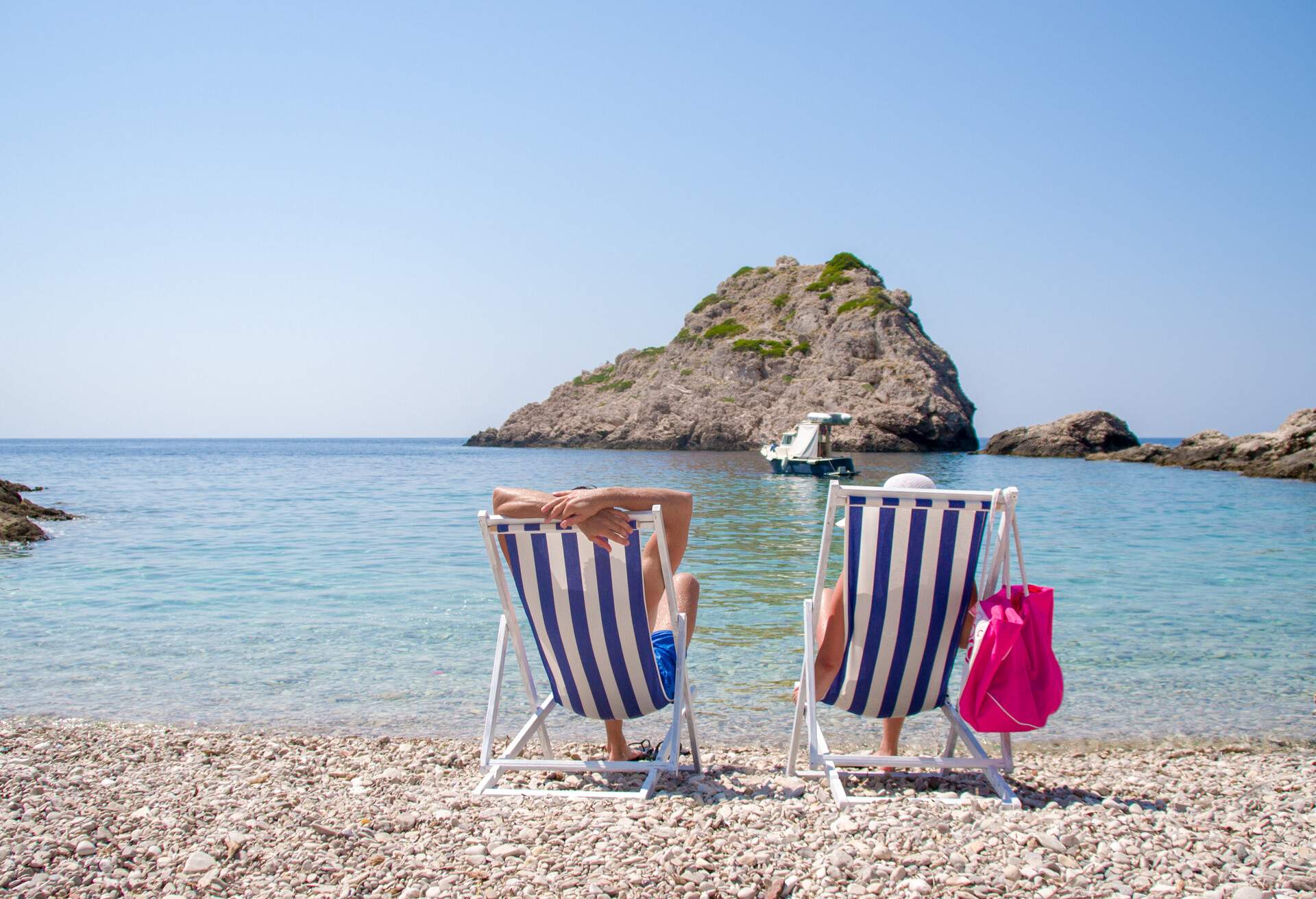The underwater worlds of Croatia may not be as colourful as their tropical counterparts, but they have clear waters with abundant submarine life, underwater caves, and shipwrecks to explore, making snorkelling in Croatia a lifetime experience.
Snorkelling in Croatia: good to know
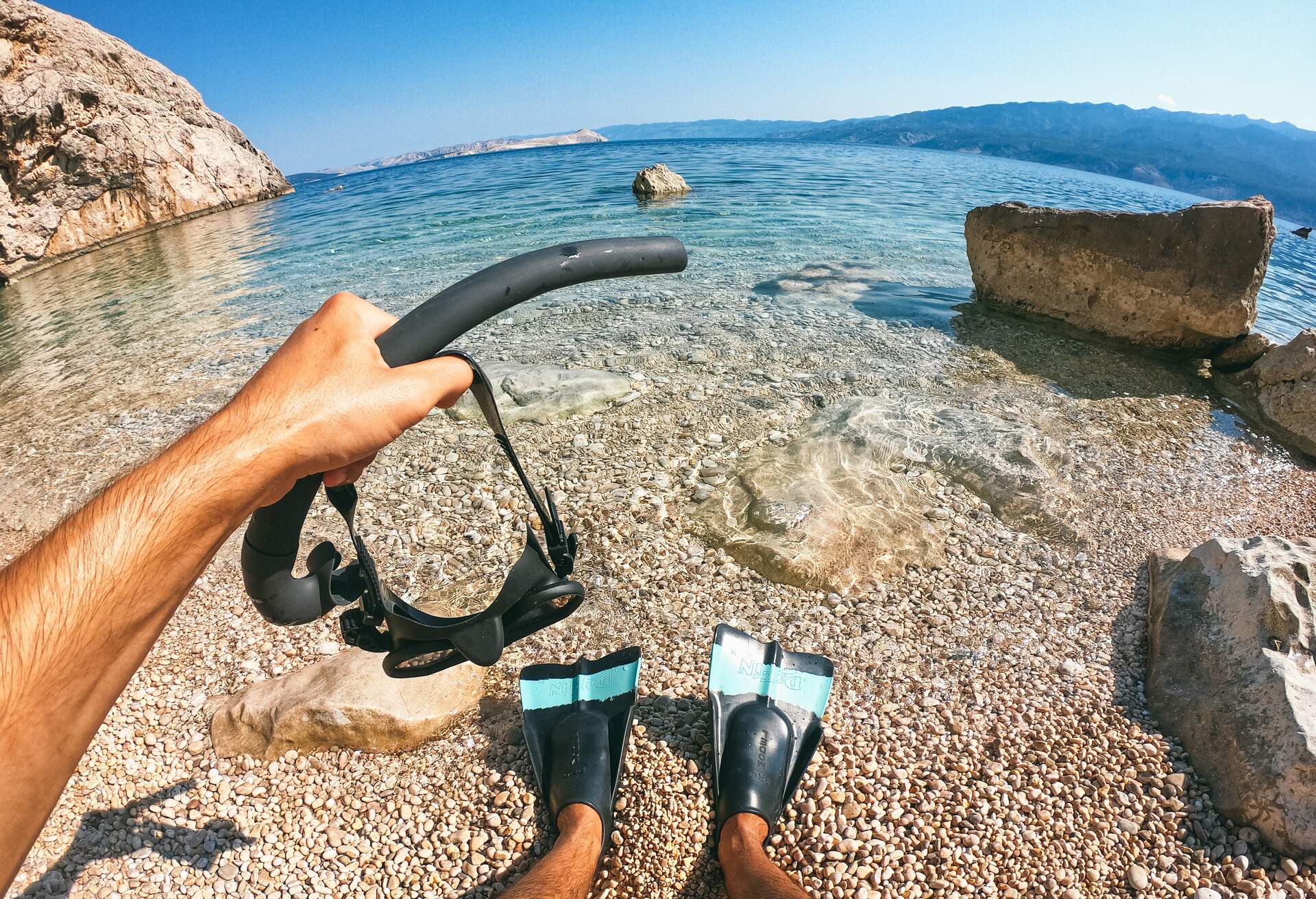
Before you head off on your snorkelling adventure, be sure to invest in good equipment. It doesn’t have to be anything fancy, but such basics as a good mask, snorkels and fins will ensure you have a fabulous time. It is advisable to degrease your new mask before use, to prevent fogging caused by the grease used in production. This is easily done by washing your mask in dishwashing liquid and letting it stand to dry overnight; repeat if needed. Most importantly, remember not to touch or move any plants or animals on your dives, as this can not only injure them but can have devastating effects on the natural balance of the underwater world. Otherwise, take a deep breath and have a ball.
Brijuni National Park
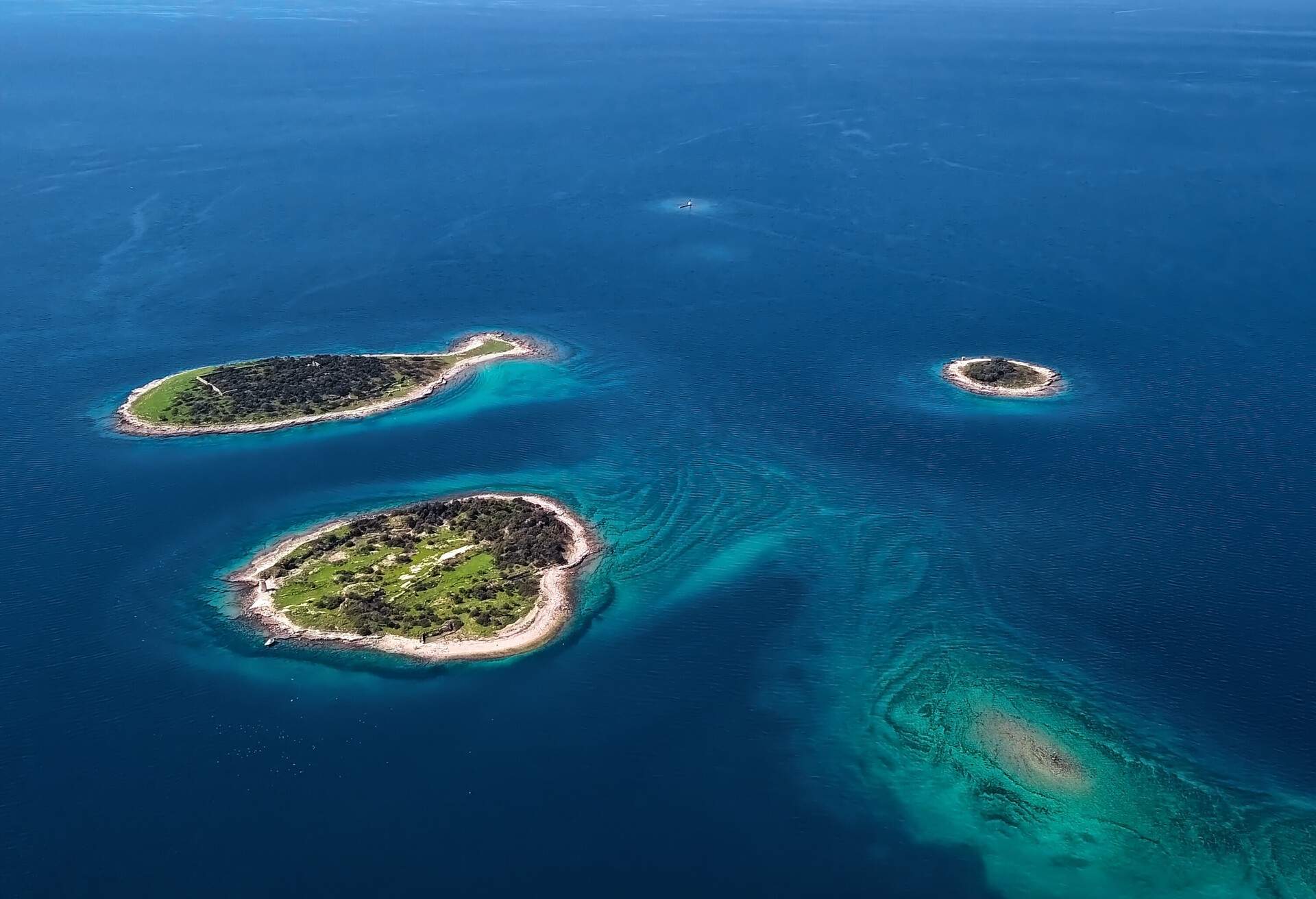
Close to Pula, you will find Brijuni National Park, one of Croatia’s most celebrated national parks. Fishing around this archipelago has been limited since the 80s, and as a result, the underwater life is richer than anywhere else in Croatia. You may even be lucky enough to spot a dolphin. Apart from the array of fish, crabs and sea urchins and the rare and protected pen shells and date shells, there are some Roman ruins that offer a fascinating glimpse into 1st-century Croatia. Boats to the island depart from the village of Fazana roughly every 2h from 06:45 to 22:00 in the June to September months.
Vis Island
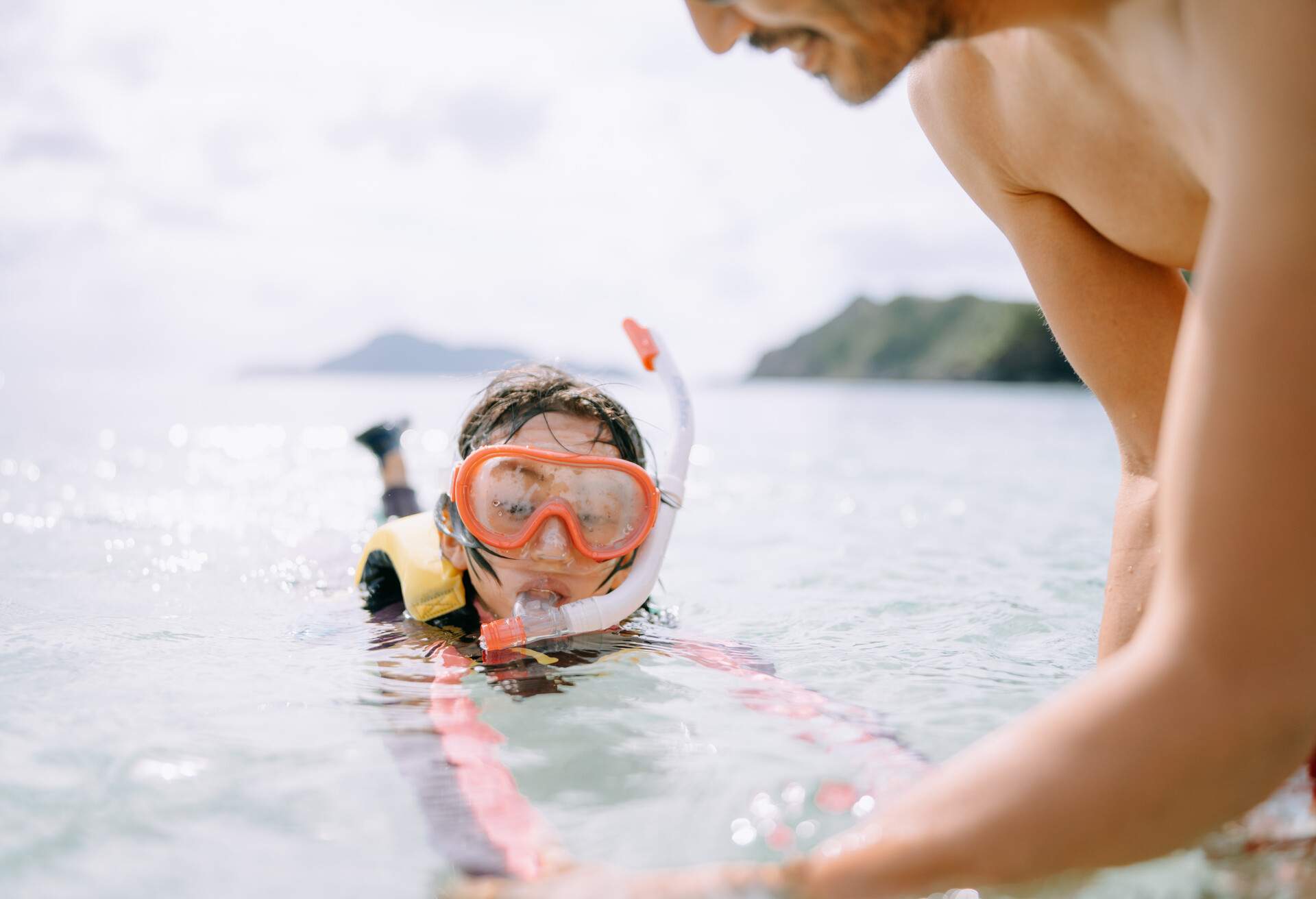
Vis Island is the furthest from the mainland of any of Croatia’s inhabited islands and is known for its food, wine and natural beauty. Once a Yugoslav military base, you can still find old military sea tunnels that were once used to hide warships; you can explore these. Some of the best snorkelling on the island can be found on the southern coastline, around Stiniva, a secluded cove with a pebbly beach and turquoise waters surrounded by beautiful cliffs, perfect for diving. Make this your base and hire or charter a boat to explore the area, as it has so much to offer.
Blue Cave
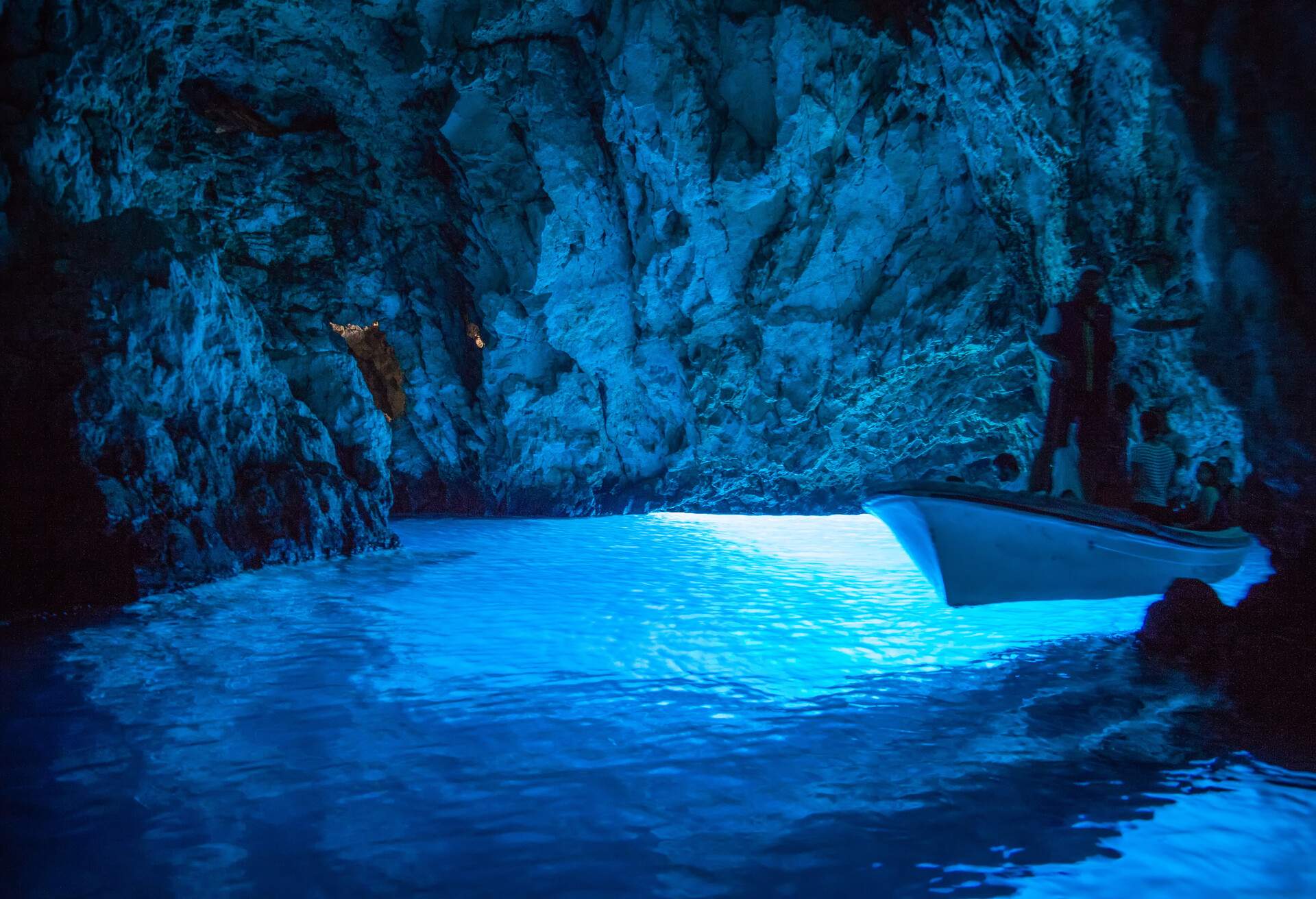
Southwest from Vis, you will come to Bisevo Island. On it, you’ll find Balun Cove, which is home to one of the most beautiful caves, the Blue Cave. The cave gets its name from the light the sun’s rays create on entering through an underwater tunnel, a fascinating spectacle of ever-changing hues of blue. You can enter the cave by boat through a wide tunnel that eventually narrows into it, or by a 2-metre dive followed by a 4-metre swim through the tunnel. There is a small fee charged to enter the cave, and swimming inside is prohibited. The best light can usually be seen between 10:00 and 11:00, so try to get there early – it does get crowded with guided tours.
Medvidina Spilja
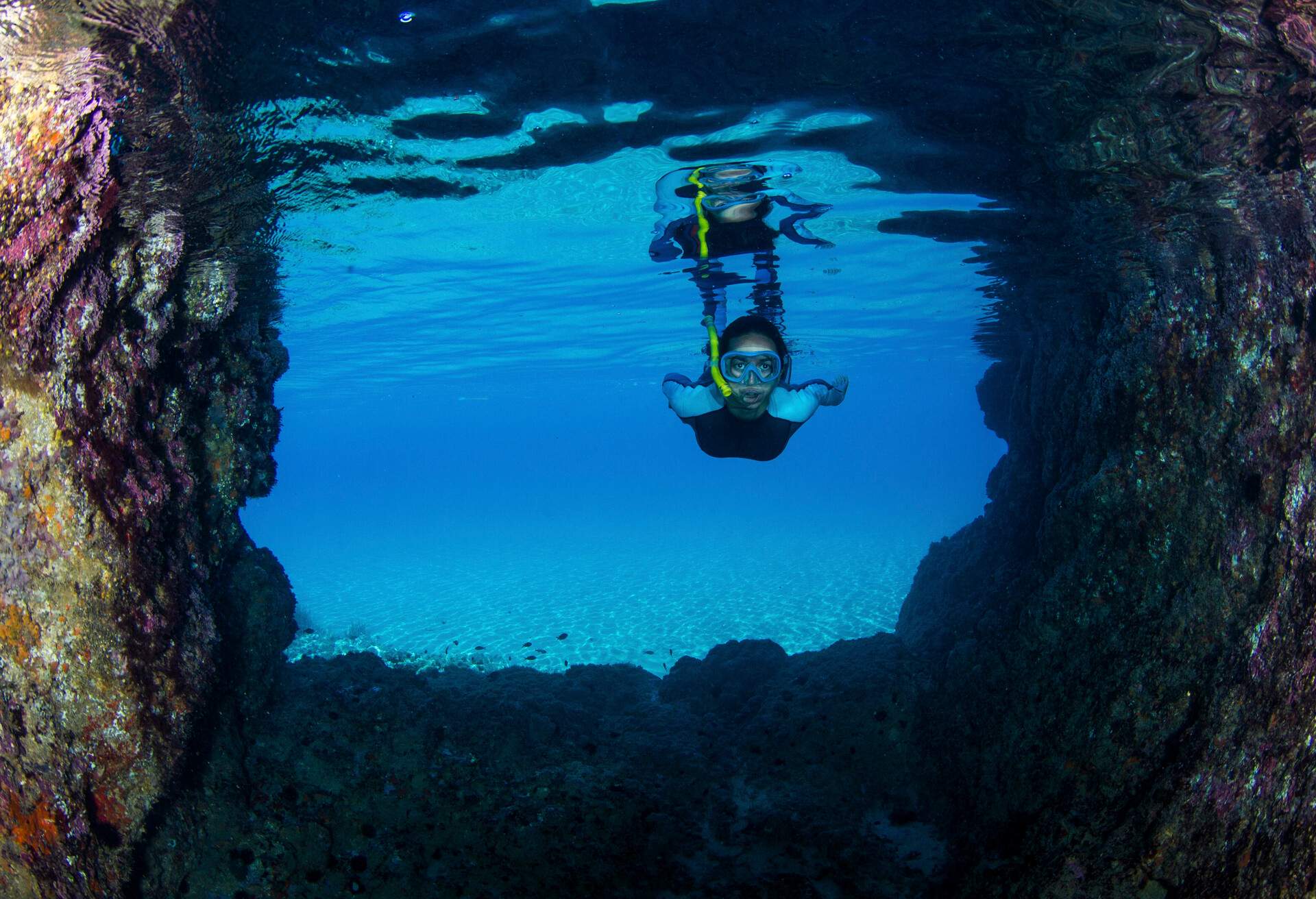
Whilst on Bisevo, you will find another cave worth exploring, the Medvidina Spilja, once home to the Mediterranean seals from which it gets its name. It’s a short boat ride from the Blue Cave, behind the rocky outcrop of Cape Bishop. Parts of the cave are above sea level, whilst others are below. There is a wide entrance from the sea that slowly narrows into it and leads to a small but beautiful beach. The waters here can be quite choppy, so it’s not always possible to go in, but once you manage to, the boat can only enter to a certain point, leaving the rest of the cave to be explored by either swimming or snorkelling. It is a wonderful experience, but it takes a brave heart.
Ravnik Island
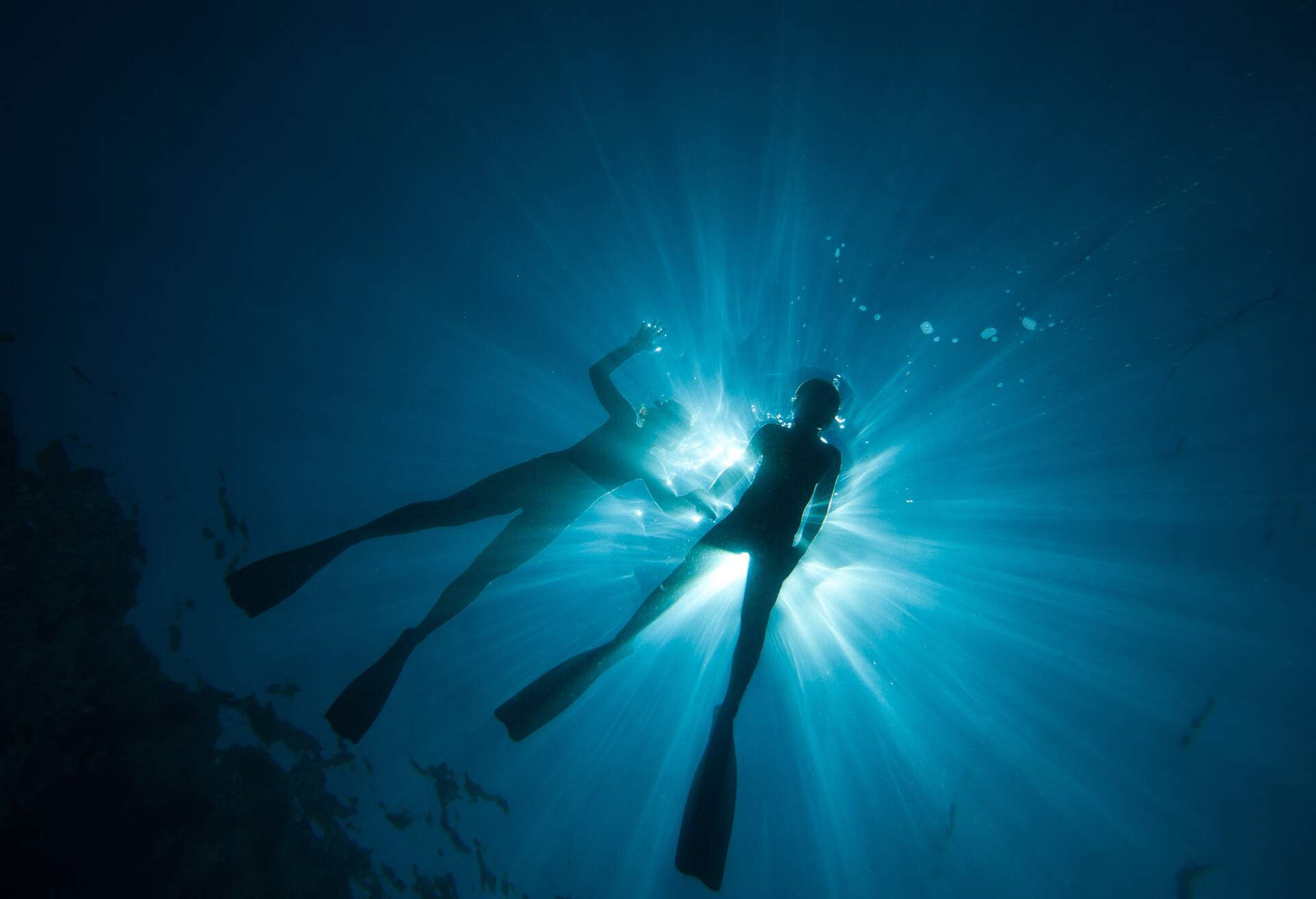
The Vis Archipelago contains islands that keep giving, and Ravnik Island doesn’t disappoint either. Home to the Green Cave, or Zelena Spilja as known by the locals. Yes, you’ve guessed it – the cave gets its name from the colour caused when the sun’s rays enter the cave through cracks in the ceiling, causing an emerald effect on the walls. The best light can be seen around noon; it truly is a spectacle worth witnessing. You can also swim here, but the waters can get quite rough, so take great care.
Dugi Otok
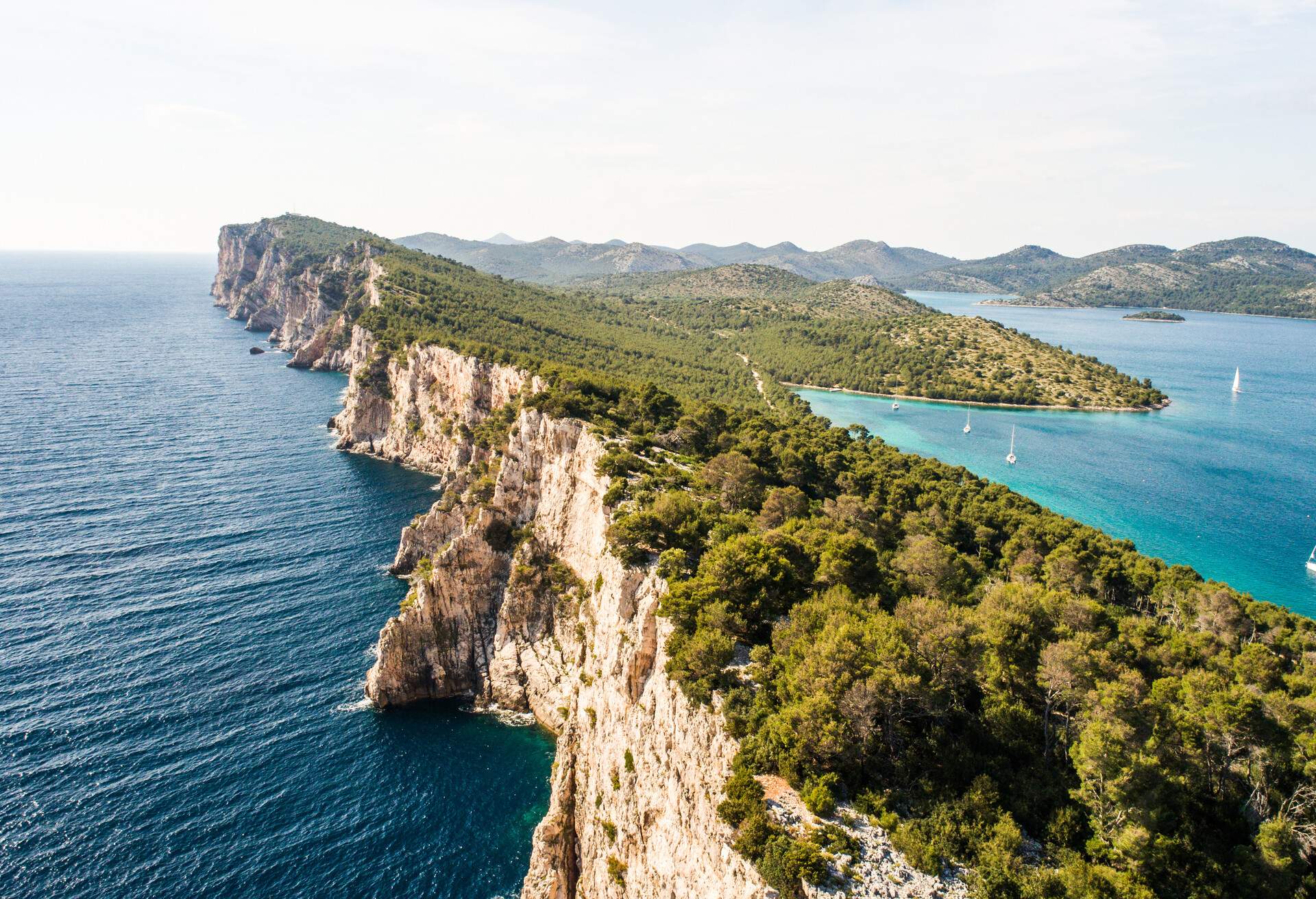
Close to Zadar, Dugi Otok offers some of the best snorkelling in Croatia. It is a diver’s paradise that comes with crystal-clear waters, gorgeous coves, shipwrecks and caves to explore.
Vele Lagne
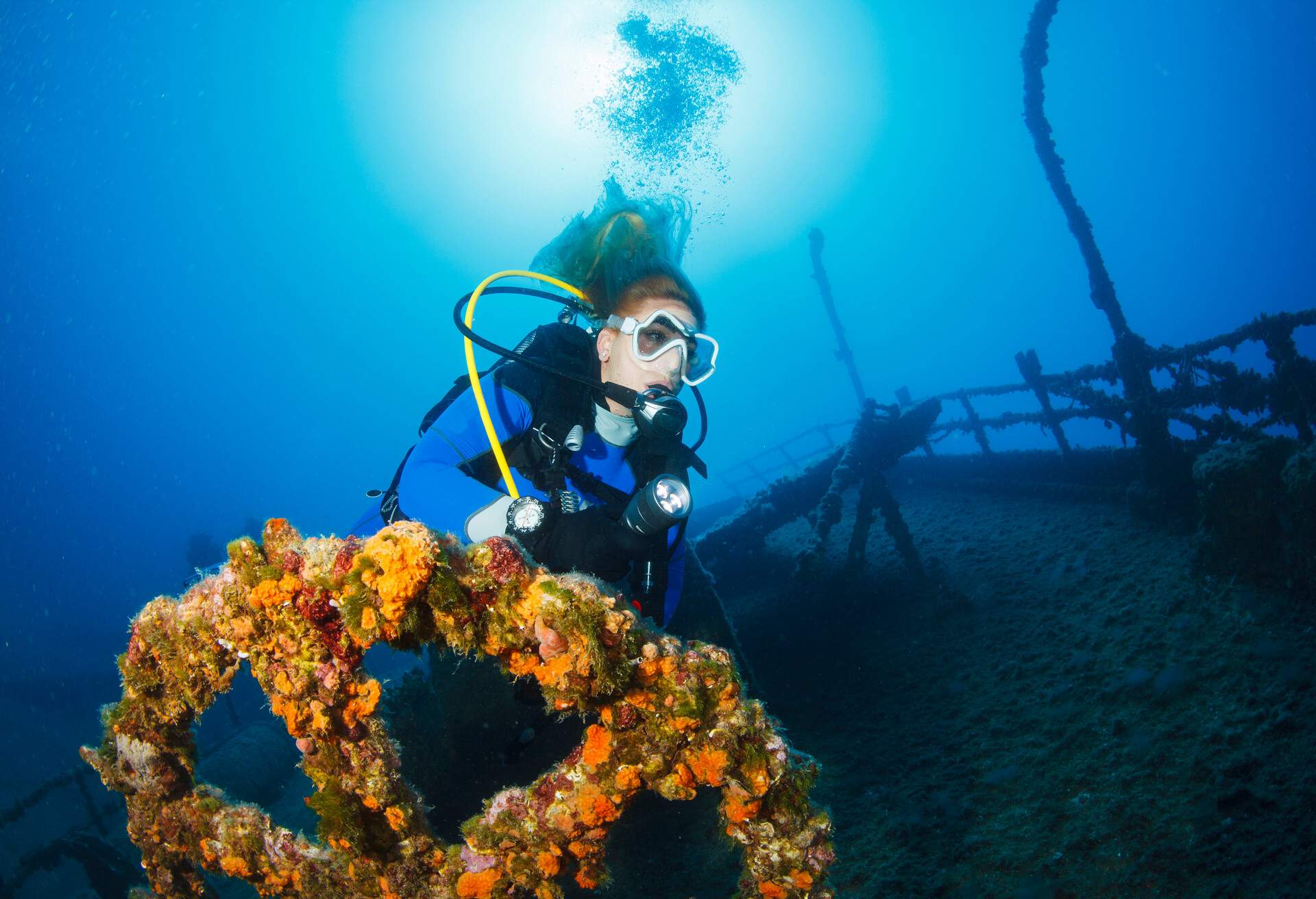
If you are fond of shipwrecks, then there’s one you need to get to before it completely disintegrates. Near the islands of Mali and Velo Lagan, just north of the lighthouse in Veli Lagan, lies the wreck of a German ship Michele (formerly known as Osterdeich). It lies in shallow waters on the seafloor, so it’s easily visible. Along with a variety of fish found in these waters, there is even coral. Aim to go earlier in the day when the waters are calmer.
Brbiscica Cave
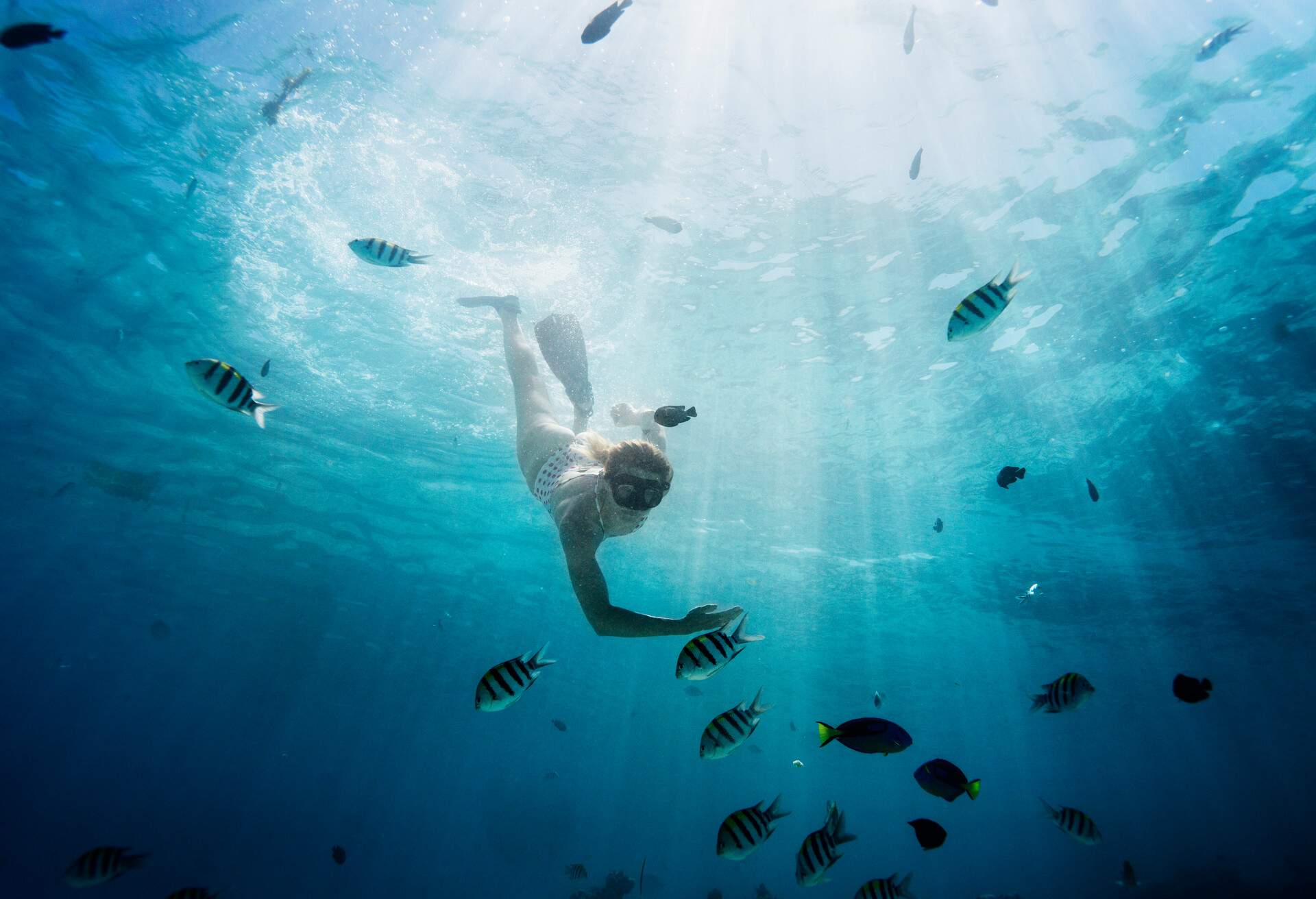
On the west coast of Dugi Otok, you will find a beautiful bay with a cave near it, the Brbiscica Cave. The top has completely fallen in, so the cave is quite bright, with a mesmerising azure colour. The waters are inhabited by a variety of fish and with clear visibility provide a wonderful snorkelling experience.
Telaxica
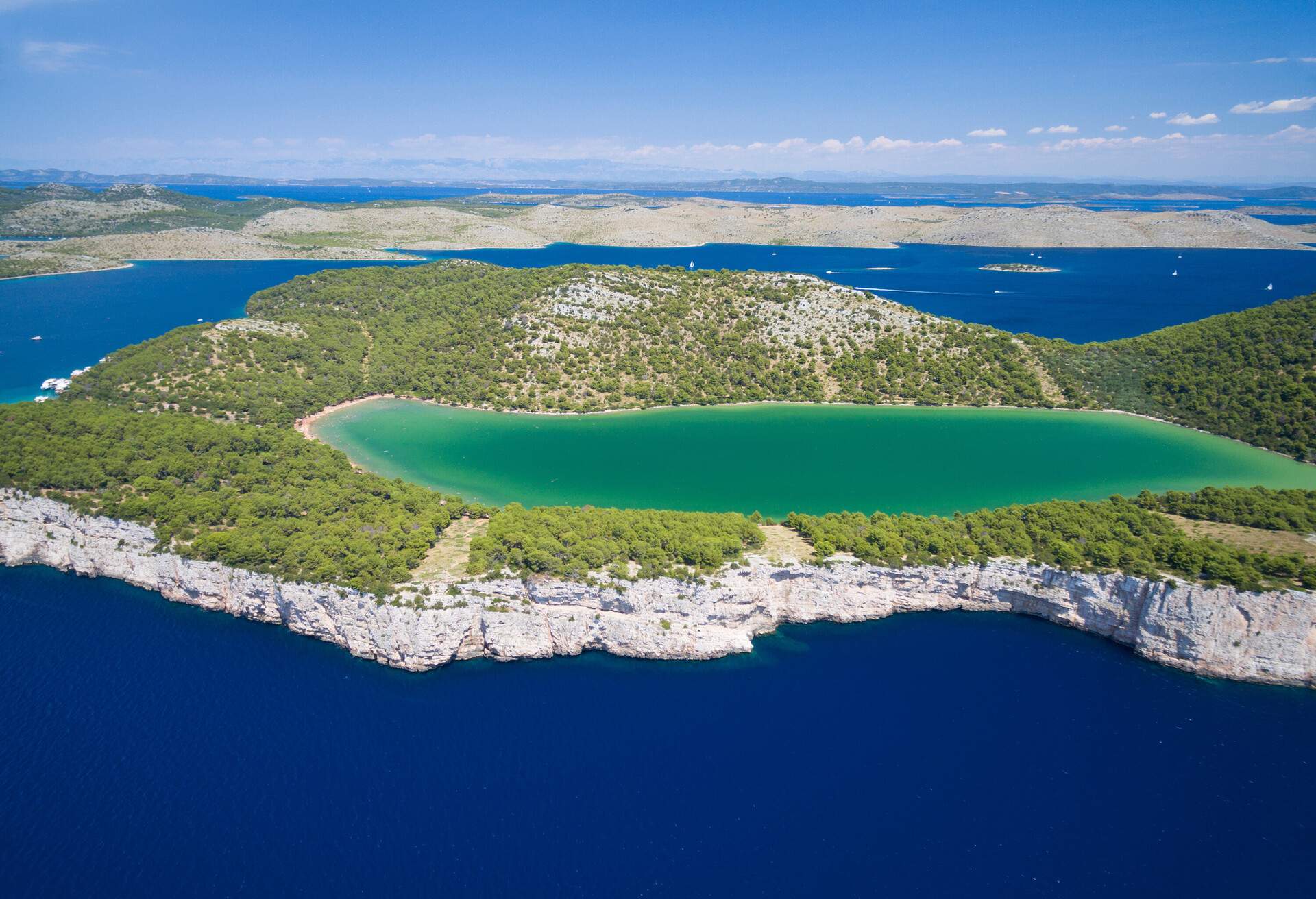
Don’t miss out on Telaxica while you are on Dugi Otok. This natural bay in the south is encircled by towering cliffs and is thought to be the home of around 250 animals and 300 species of underwater plants. What more could you ask for from snorkelling?
Mljet Island
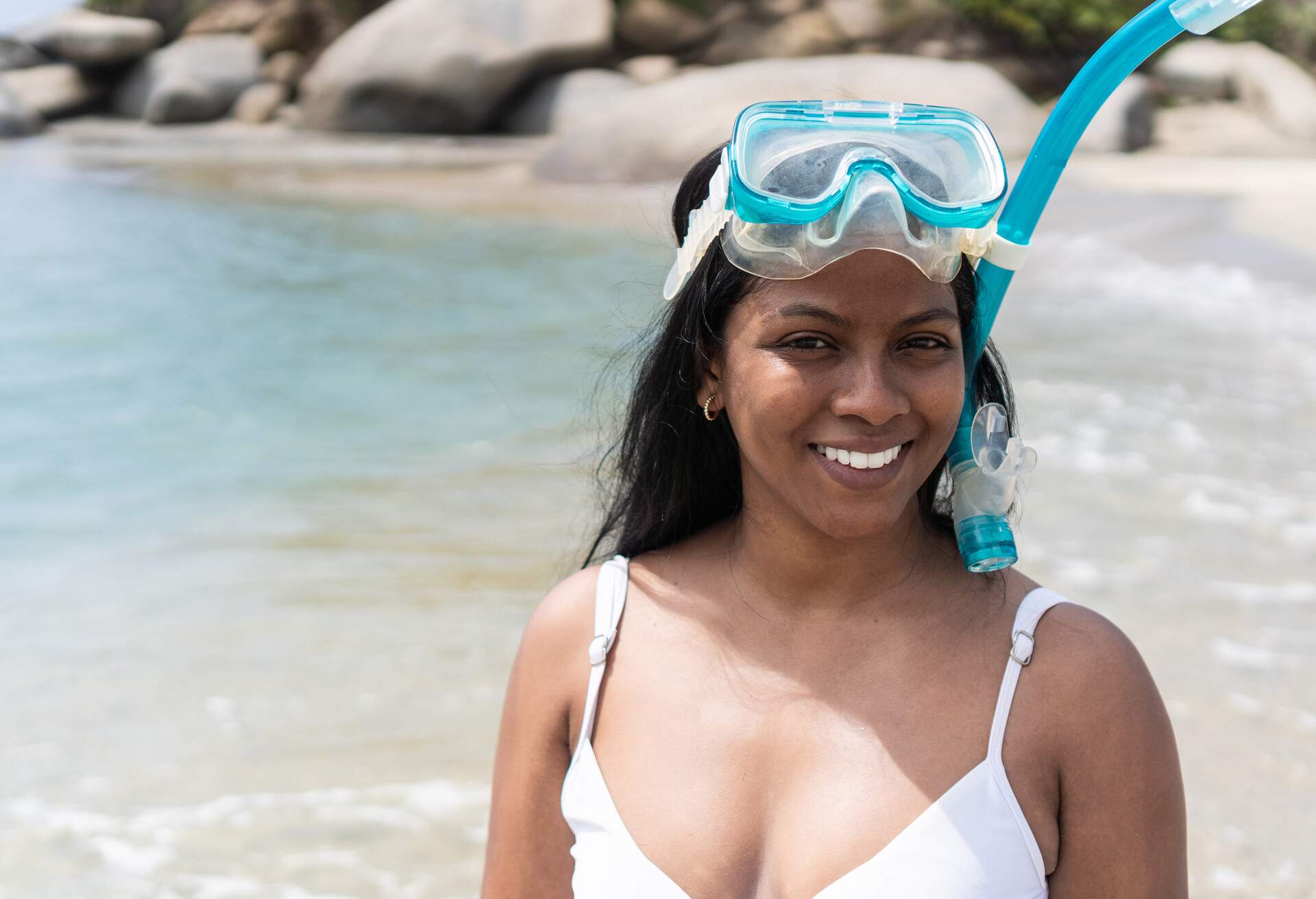
When it comes to snorkelling in Croatia, you will not find a better place than the island of Mljet. It offers a varied underwater life, including coral, and even has a mythical cave that is featured in one of Homer’s epic poems, the Odyssey. Another popular spot here is Veliko and Malo Jezero, known as the Great Lakes. With a national park attached to it, there is a lot more to do than just snorkelling.
The Odyssey Cave
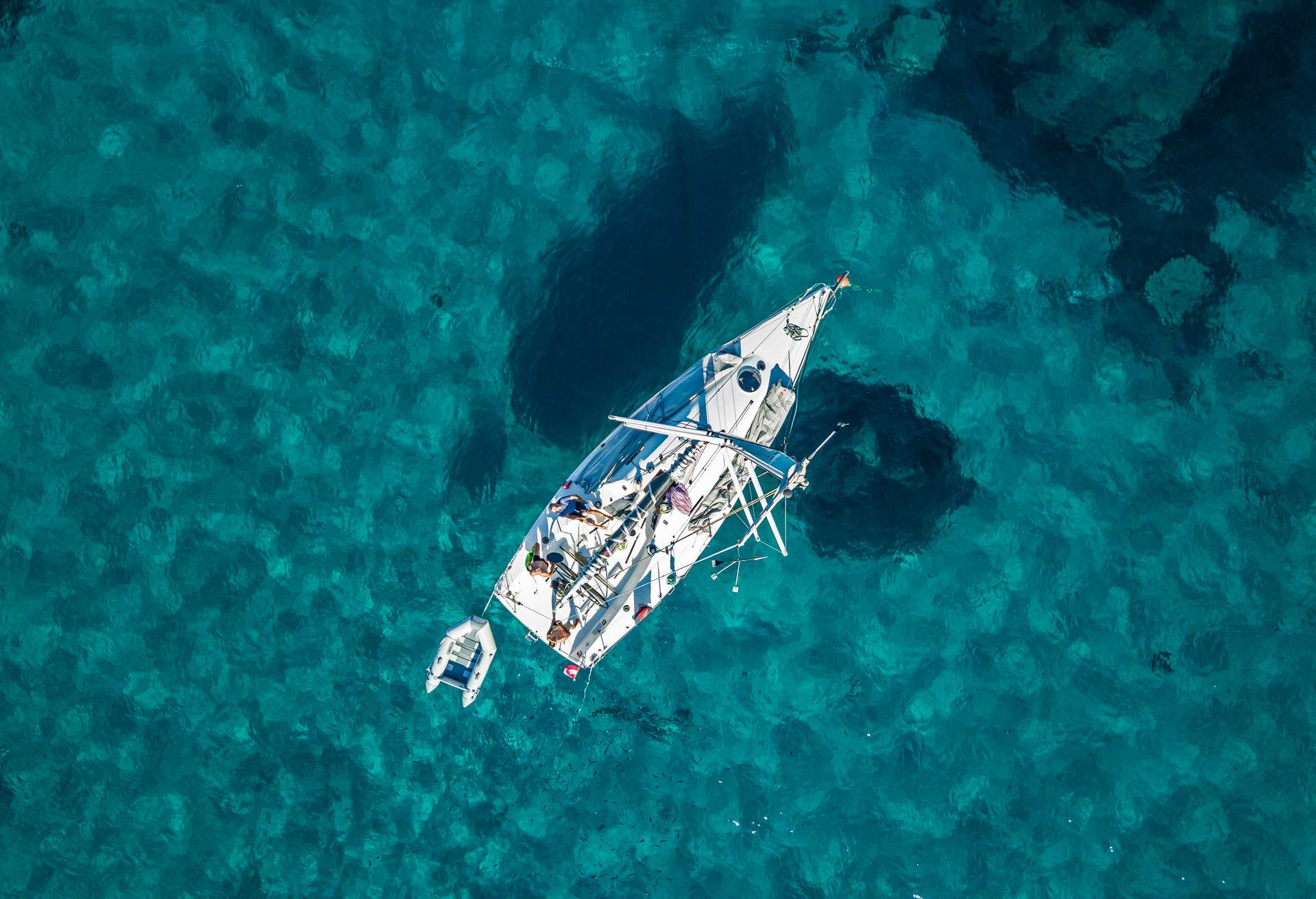
Halfway along the island, on the south coast, you will find the Odyssey Cave, thought to be the place where Homer’s Odysseus wrecked his ship and was to remain for seven years. From above, the cave looks like a deep, wide hole but is flooded by water at the bottom, fed from the sea by a natural tunnel through which you can also swim. It gets its light from a sunken hole in the ceiling that creates stunning effects inside. The best time to snorkel here is around 12:00 to 14:00, which is when the illumination is at its best. Amongst the fish found in its waters are wrasse, grouper and even scorpion fish.
Makarska Riviera
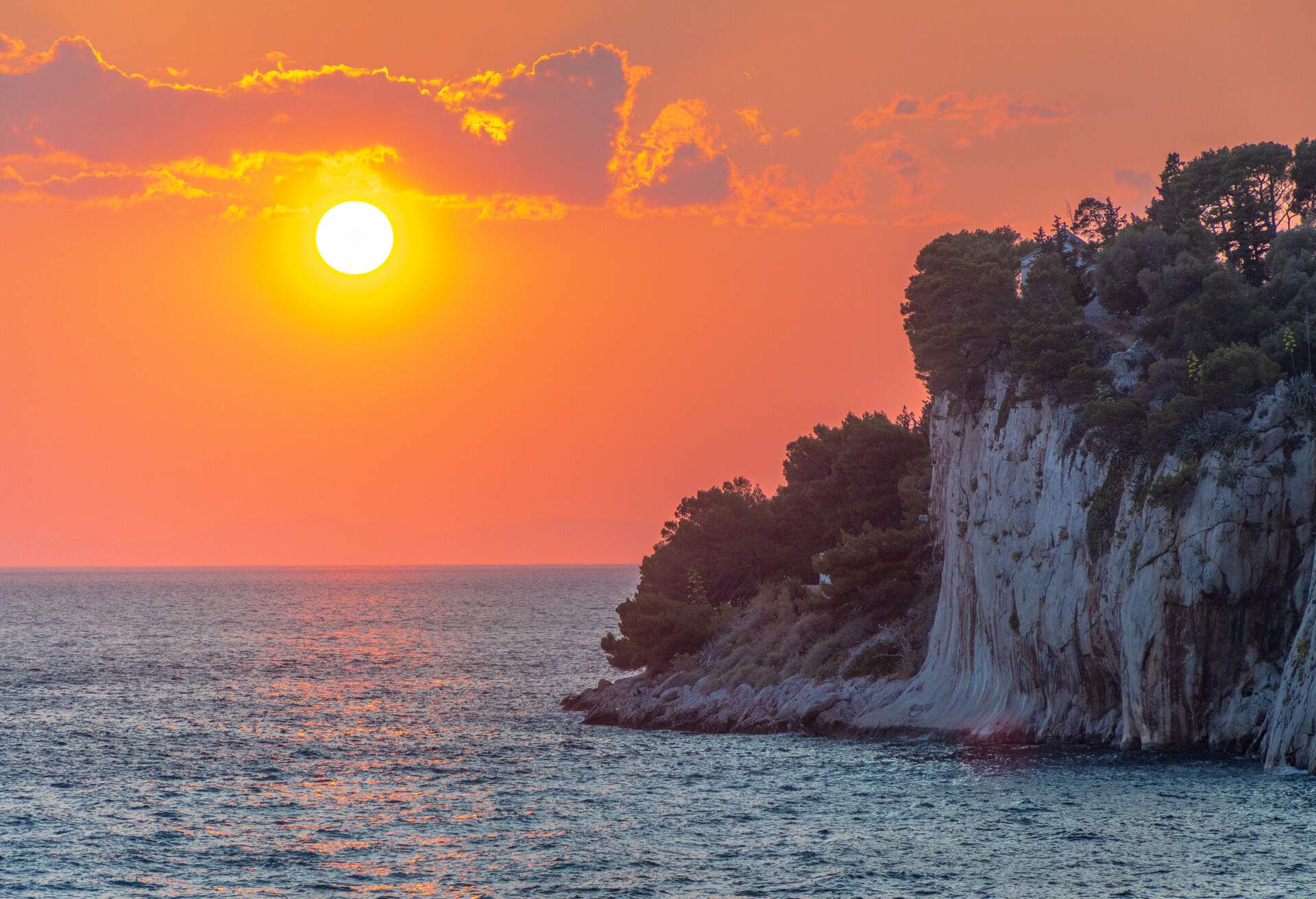
Without a doubt, the Makarska Riviera provides some of the most condensed snorkelling spots in Croatia. There are about 28, with Tucepi being one of the most popular. Here you will find starfish and octopuses amongst other sea and submarine wildlife. The coastline stretches for 60 km between the towns of Brela and Gradac, Makarska being the main town. Lined with beautiful beaches, pine trees and peaceful bays, it is one of Croatia’s most visited coastlines.
Pakleni Islands
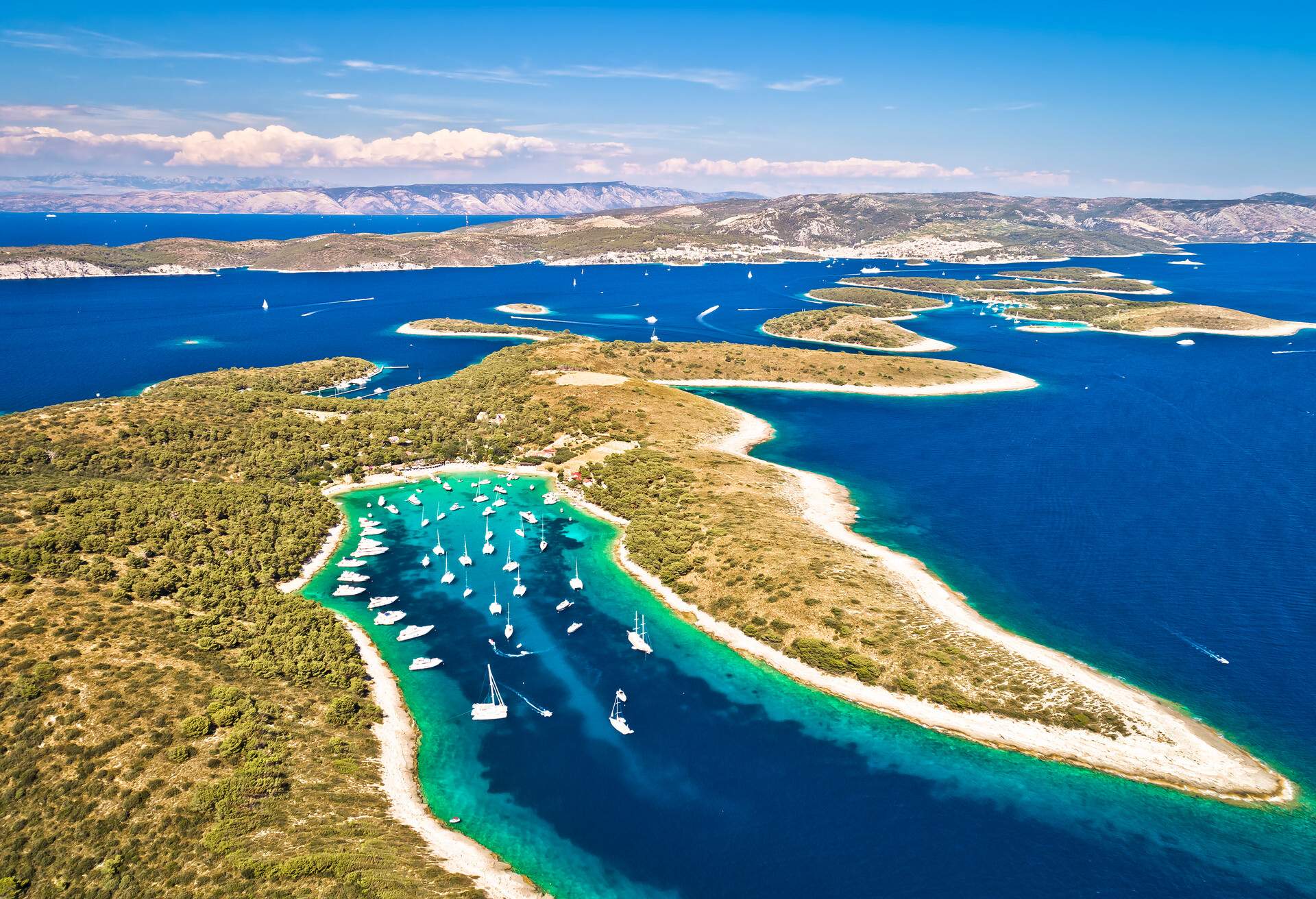
A roughly 20min boat ride from Hvar will bring you to the Pakleni islands, an archipelago consisting of over 20 islands and islets. Ironically, Pakleni translates to hellish, but they are a snorkelling paradise. This archipelago has beautiful beaches with clear blue water offering amazing underwater visibility, making it one of the best places for snorkelling in Croatia. There’s scuba diving and windsurfing thrown in, too. The waters have some of the richest flora and fauna on the Adriatic coast, and the deeper you go, the more likely you are to encounter the majestic gorgonian forests that grow up to 2 metres high here. The beaches do get rather busy, so arrive early to grab a good spot. Don’t miss out on the underwater caves at Ujedinjeno Gasko.
Cape Kamenjak
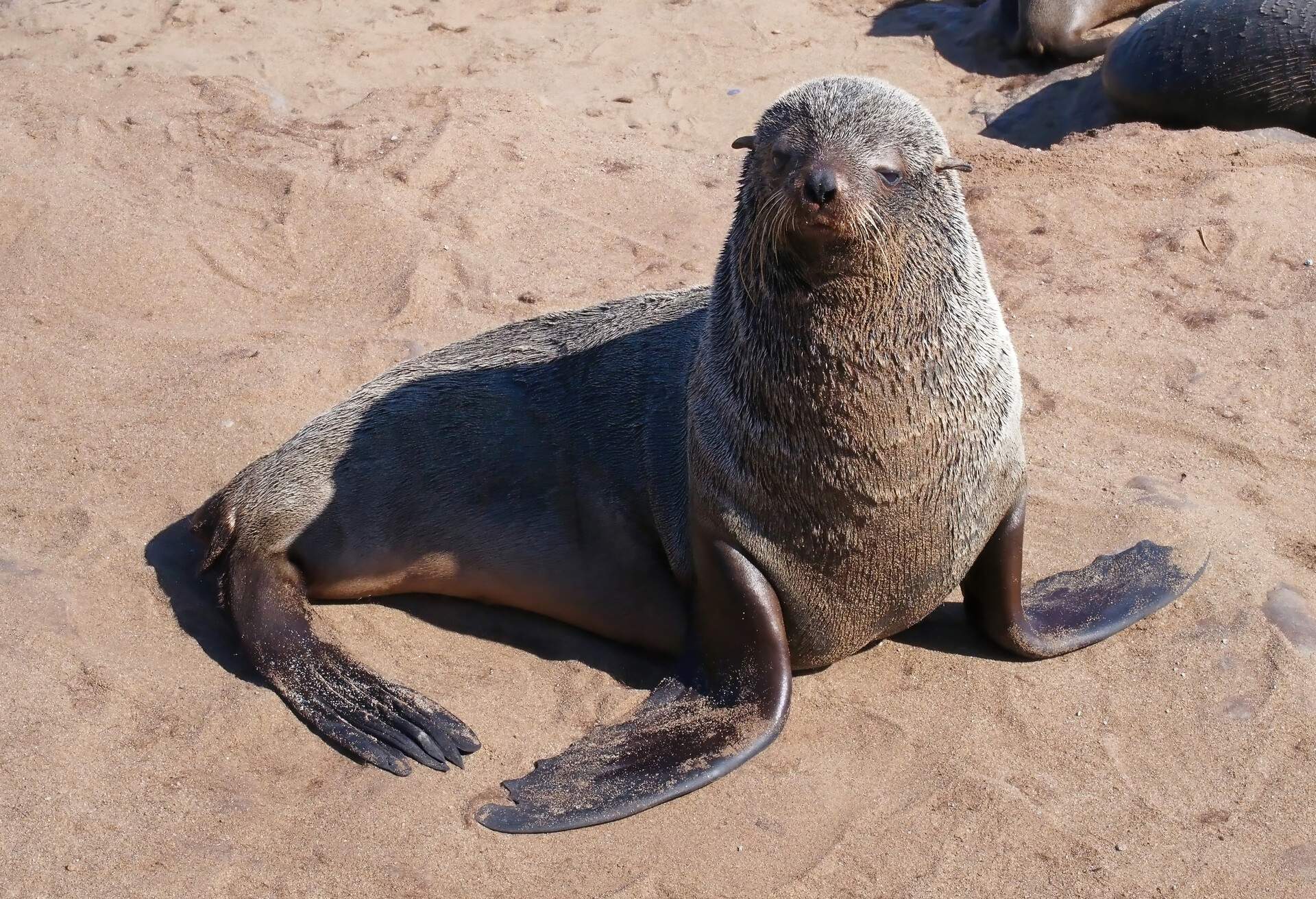
Not to be missed is Cape Kamenjak, a beautiful park located on the southernmost tip of Istria, close to the town of Pula. The park is a haven for exploring, with many little caves in which you can go swimming. If you head down to the coast, you may be lucky enough to spot a dolphin, but you’ll almost definitely see the Mediterranean seal that occupies these shores. Go swimming with sea urchins and lots of other types of fish that are abundant in these waters. The rocky terrain also offers brilliant diving spots for the adrenaline-fuelled thrill-seeker in you, not to mention the fossilised dinosaur footprints – it’s a fun day out for everyone.
Excited for your next adventure? Our friends at Where to Go, produced by the team behind the award-winning DK Eyewitness travel guides, are here to help!
Each fortnight, hosts James and Lucy talk to local experts about the destination they have chosen to call their home, exploring their personal connection to the place, what makes it so special and the best things to see and do.
Listen to the podcast below for more inspiration and tips from Croatia:
